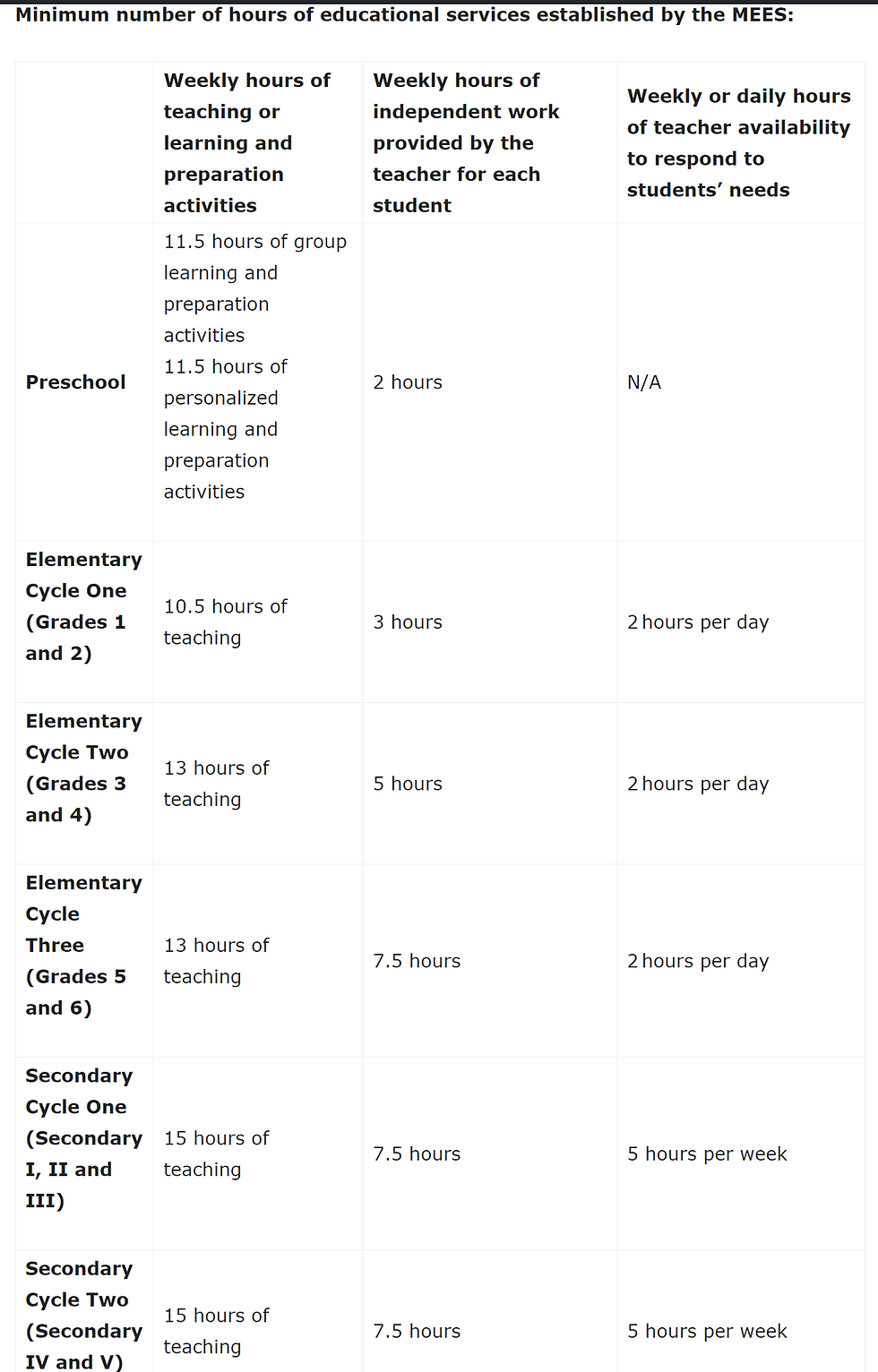COVID-19: Québec's At-Risk Students Feeling Left Behind
- Itsik Romano
- Sep 26, 2020
- 3 min read
In August, the Government of Canada allocated $432.15 million in support of Québec through the Safe Return to Class Fund. “We’ve made this funding flexible, so provinces, and ultimately schools, can use it for what they need most, from hand sanitizer to remote learning.” announced the Rt. Hon. Justin Trudeau, Prime Minister of Canada. While other provinces, like Ontario, have engaged in remote learning, Québec has not announced a current plan to switch to virtual classrooms. So what does this mean for Québec’s at-risk students, teachers, and family members?
After much debate, Québec ruled that in-person school attendance will remain compulsory for all students. However, The Ministry of Education announced that students who have a health condition that makes them vulnerable to COVID‑19 might be exempt from the mandatory physical attendance by providing a doctor’s note. Students living in the same household as a close family member who has a health condition that makes that person susceptible to SARS-CoV-2 may also be exempt.
Only students with a medical note confirming that they, or a household member, have a valid medical exemption, and therefore cannot return to school in-person, can receive distance learning services. The only qualified individuals who can indicate what is or is not considered a valid medical exemption for your child are medical professionals. Many families are reporting long wait times and difficulties in scheduling doctor’s appointments due to increased demand and a shortage of doctors in Montréal.
Per the Gouvernement du Québec, a minimum number of hours per week of educational services have been set in the event of a second wave or the occasional closure of schools to ensure quality distance learning for all students.
Minimum number of hours of educational services established by the MEES:

Weekly hours of teaching or learning and preparation activities
Weekly hours of independent work provided by the teacher for each student Weekly or daily hours of teacher availability to respond to students’ needs Preschool
11.5 hours of group learning and preparation activities
11.5 hours of personalized learning and preparation activities
2 hoursN/A
Elementary Cycle One
(Grades 1 and 2)
10.5 hours of teaching 3 hours 2 hours per day
Elementary Cycle Two
(Grades 3 and 4)
13 hours of teaching 5 hours 2 hours per day
Elementary Cycle Three
(Grades 5 and 6)
13 hours of teaching 7.5 hours 2 hours per day
Secondary Cycle One
(Secondary I, II and III)
15 hours of teaching 7.5 hours 5 hours per week
Secondary Cycle Two
(Secondary IV and V)
15 hours of teaching 7.5 hours 5 hours per week
What does this reality look like for parents and students at home? After speaking with some parents, there appears to be a consensus of disappointment in the government’s online learning program. Issues range from a lack of accessibility for working parents, schools being unwilling or unable to assist children in the transition, and strict conditions for qualification.
Tina Chapman, the mother of a public school student with an Individual Education Plan (IEP), is so frustrated with distance learning that she’s considering a return to school or switching to another form of remote-education. Tina, unlike other parents, didn’t have any issues in obtaining a doctor’s appointment and reported that her son’s school was very helpful in facilitating the process. However, she described a drastic change in her son’s experience with online learning from the spring to the fall as new teachers were brought in from other schools who are unfamiliar with his IEP.
Tina described this as a major oversight in the planning of the distance learning system. “Don’t get me wrong I don’t fault the teachers as I know they are trying their best for the whole class, but when my child feels he’s being left out and says he feels ‘stupid’ because the work is too hard for him, that’s a red flag for me.”
“I made sure to send my son’s IEP to all teachers as I knew they would probably have a hard time getting it. My son misses his friends, the school staff, and the social aspect of school as he is an only child. As much as I would like distance learning to work, it’s just not set up right for my son and his needs. At the end of the day, his mental health is my first priority and I have to figure out a way to balance our family’s health and his mental health needs. If that means returning to school in a modified attendance system, then so be it.”
Source: Government of Canada.











Comentarios